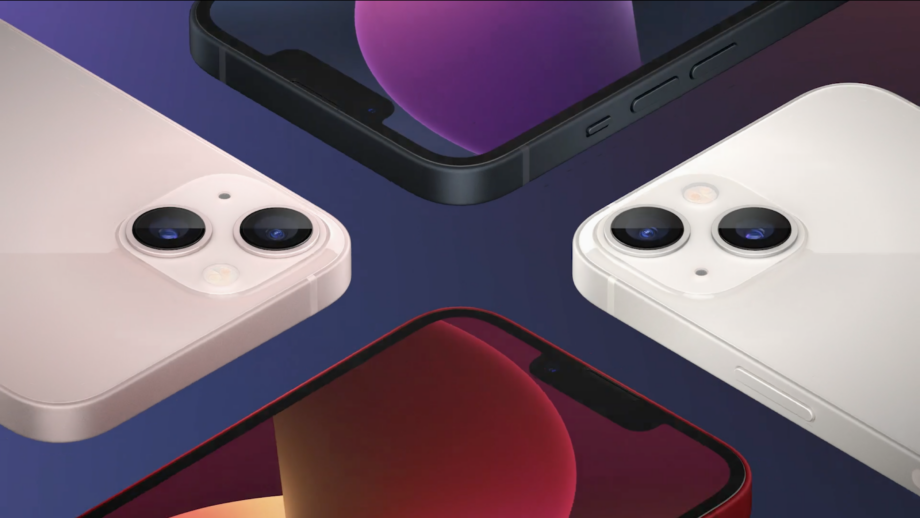iPhone 13 benchmarks show both modest and massive gains

The first iPhone 13 A15 Bionic benchmarks have emerged in the wild, showing a healthy boost over the iPhone 12 generation – though much depends on the model you go for.
At Apple’s recent iPhone 13 launch event, the company was oddly quiet on the level of progress it had made with its new A15 Bionic. It chose to compare the new chip to a vague “leading competition” rather than using its immediate predecessor as a benchmark, as would normally be the case.
If that change in approach led you to suspect that the A15 Bionic wasn’t much of a jump over the A14 Bionic, you’d be right… and wrong. The first benchmarks have since appeared, and they reveal some mixed results.
First up, just a day after the launch, came a Geekbench 5 GPU benchmark for the iPhone 13 Pro. The resulting Metal score of 14216 suggest a whopping 55% boost over the iPhone 12 Pro.
Since then we’ve seen some more Geekbench 5 scores emerge into the light, this time for the non-Pro iPhone 13. As MacRumors points out, a Metal score of 10608 represents a much lower 15% boost over the iPhone 12 and its A14 Bionic chip.
The reason for this difference is that the iPhone 13 Pro features five GPU cores to the iPhone 13’s four. Unlike last year’s iPhone 12 line-up, there’s a genuine performance difference between the numbered and Pro models this time around.
These more recent benchmarks also include CPU benchmark scores, which are fairly even across the iPhone 13 family. We’re looking at single-core scores of around 1725 and multi-core scores of around 4600.
That represents a boost of around 10% and 18% respectively over the A14 Bionic equivalents.
In a nutshell, then, the A15 Bionic chip represents a clear but relatively modest boost over the A14 Bionic – unless you go for the iPhone 13 Pro or iPhone 13 Pro Max, which provides a massive 55% boost in graphical output.





